An old overlanding trick we learned long ago was to start thinking about your exit from a country shortly after you arrive. That may seem a tad hasty, but it really isn’t, especially when your only route out is by sea and there is just one ferry line that takes vehicles to your destination. Such was our predicament in South Korea.
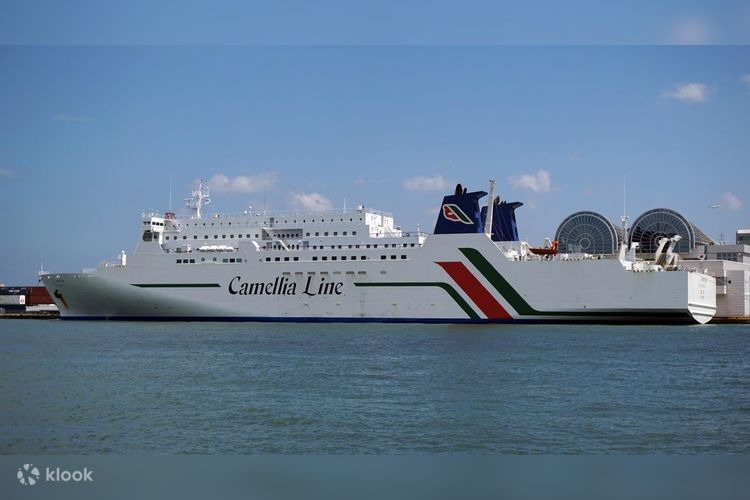
With that in mind we reached out to the Camellia Line once we knew we had our van on the ground here. Lucky we did- turns out that the week we hoped to ship on to Japan was the ship’s annual “maintenance” week ( hence no sailings ). We’d thus need to bring said departure date forward a few days or push it back over a week, so we opted for the former, giving us a bit less than a month here, rather than a bit more. Still enough time but we’d have to ditch plans for Jeju-do ( a popular island in the far south of Korea ), plans that were not in any case firm and would have necessitated yet another long return ferry ride. Being a bit “shipped out” at this stage we were quite happy to limit our travels to mainland South Korea.
Adjusting for the earlier ferry date, our remaining time here would allow for a swing south to Gyeongju, out west to Gayasan National Park, down south to Namhae and east on to Tongyeong before wrapping up in Busan from which we were now booked to sail on to Kyushu, Japan. All places highly recommended by the Koreans we’d met and which, judging by the visits of overlanders ahead of us, had been popular with them as well.
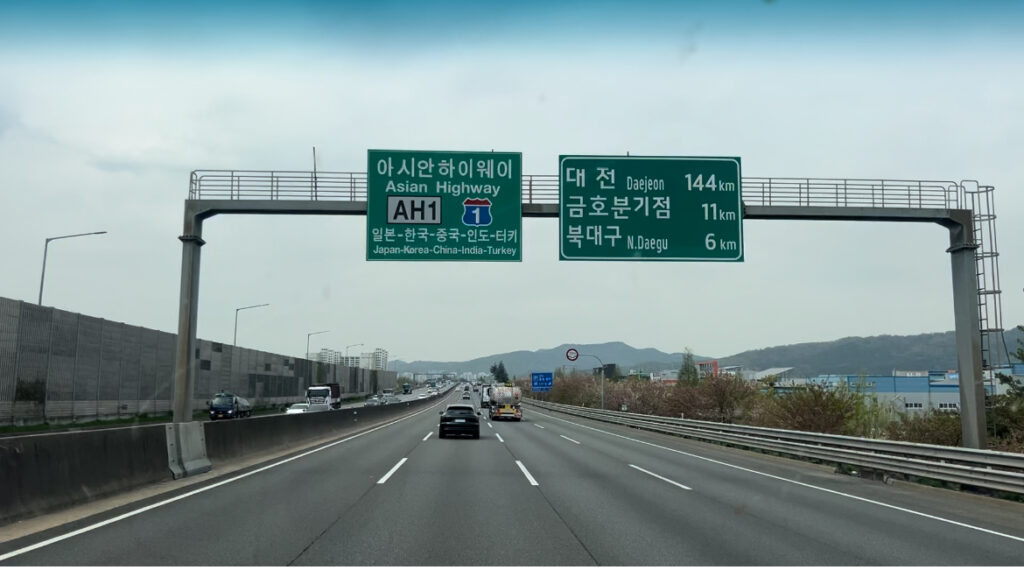
If Kyoto is the cultural heart of Japan, Gyeongju is its Korean twin. A smaller, easily navigable city, it has more temples, palaces, burial grounds and other historic sites than the average visitor is ever likely to see ( including us ) so we leaned on “Dr. Google” to give us its top 3 or 4. Excellent choices, all, and our time was well spent between the magnificent Gyeongju National Museum, Bulguksa Temple, Donggung Palace and Woljeonggyeo Bridge. If you’ve a real passion for Korean history, this is the place to spend time- so much of Korea’s dynastic history was centred in this part of the county and remnants are everywhere. Our pick was the National Museum, so informative, and the displays and organization overall were just first class.




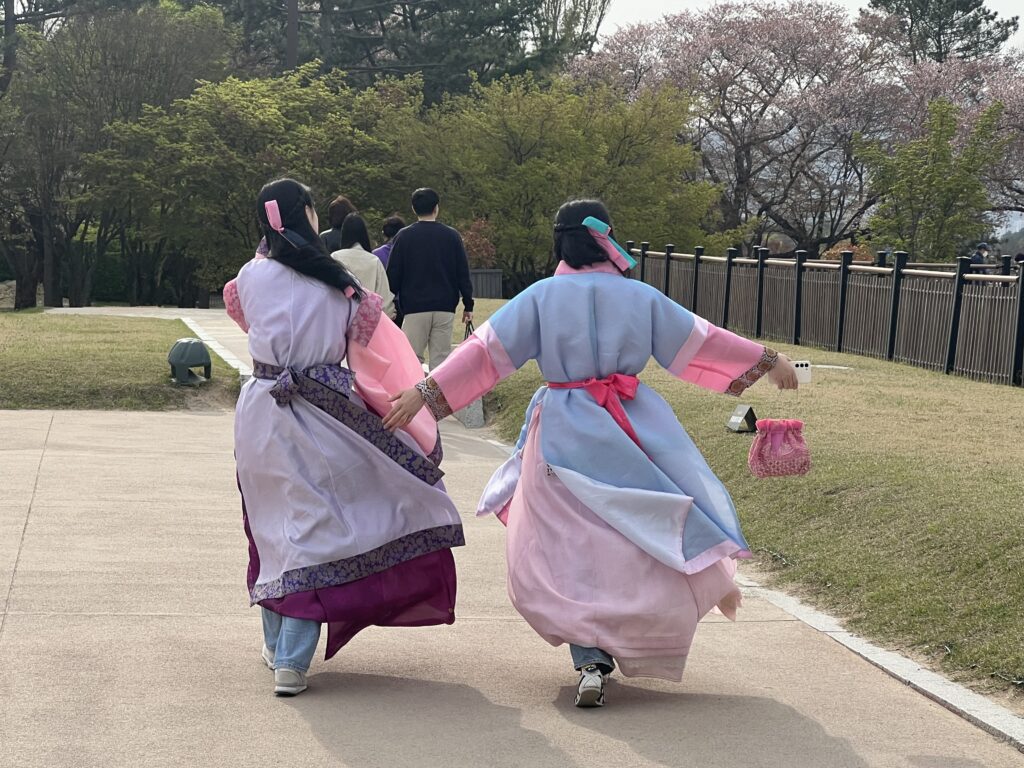



From Gyeongju the next move was west, via Daeju ( another massive Korean city ) to Gayasan National Park. It’s famous fo a couple of well known hikes and the historic Heinsa Temple. Enjoyed the temple but got mixed directions on the hikes – ended up on the wrong trail and walked far further than we had to for a less impressive experience. We figured the exercise never hurts !







Our next move was more or less directly south to the island of Namhae – decidedly greener, warmer and in general, prettier than the landscapes we’d seen so far. We managed to score an amazing campsite right on the water at Sangju Beach which, in one fell swoop, redeemed our hitherto disappointing view of Korea’s camping offerings. Fantastic to meet some great locals who insisted on sharing some Korean BBQ food with us and introduced us the Soju, Korea’s national drink – not bad!



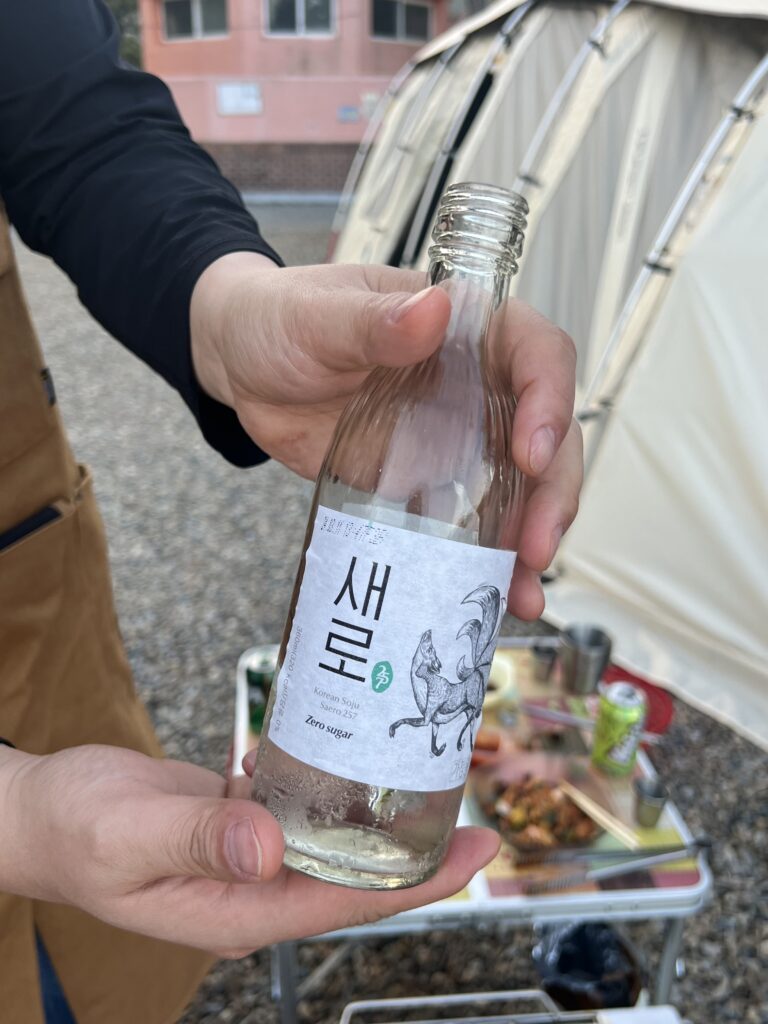
In addition to great beaches and some of the prettiest views we’ve seen in the country, Namhae is home to the Admiral Yi Sun Shi museum and we thoroughly enjoyed our visit, honoring Korea’s most famous naval hero ( globally ranked up there with Nelson and others ) – 23 battles and no losses, an incredible record. One of his great tactics was to use so-called “turtle ships” to defeat the numerically superior Japanese forces who threatened Korea at the close of the 16th century. Turtle ship replicas and Yi memorials are common in the southern islands, the very area in fact, where many battles were fought 400 or so years ago.



Traveling the scenic coastal roads around the islands of Namhae, Tongyeong and Geoje would consume most of our remaining time in Korea, a very relaxing way to wrap up our time here. As has been the norm everywhere in this country the Korean people have been unreservedly warm, friendly and helpful – without exception they have been impressed to see foreign travellers exploring their country in some depth ( and, truly incredulous that we brought our own vehicle ! ).

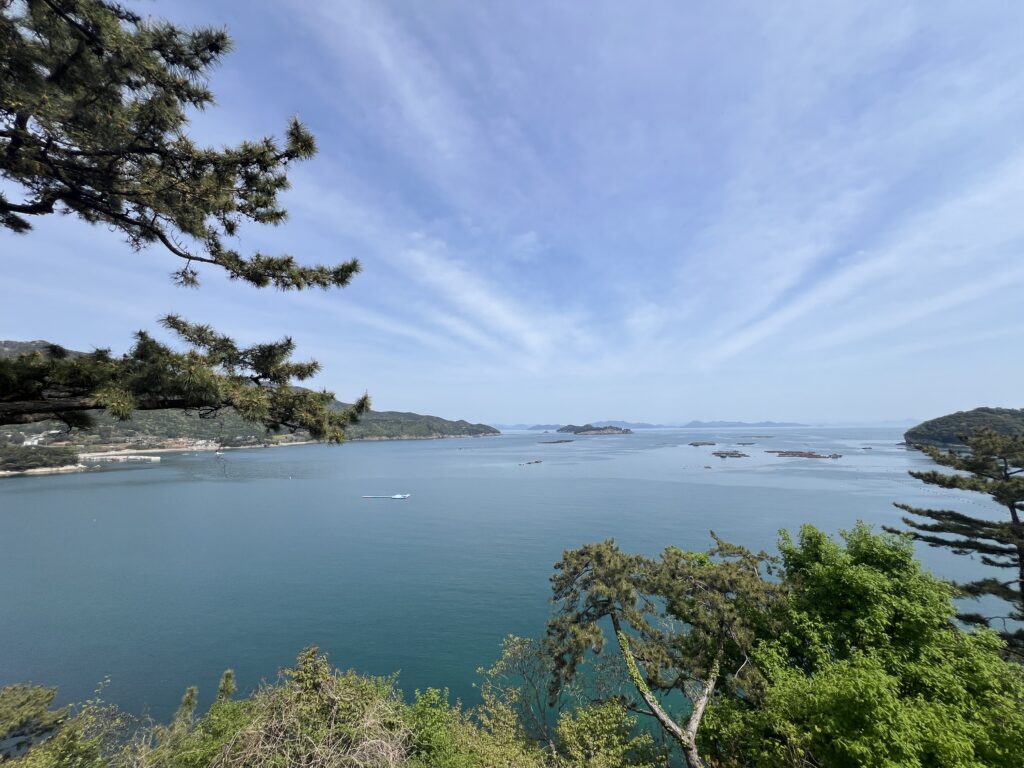

From Namhae and Tongyeong the outlying islands are all connected by bridges ( and then quite a long undersea tunnel ) back to the mainland again, just west of Busan. Busan, Korea’s second biggest city and a major port, stretches more or less lengthways across the south coast. It’s a thriving, bustling place and the many offshore highways ( nowhere to build more highways on the coastline ) afford great views of the city and and its mountain backdrop. We’d heard in advance that, rare among big cities, it had an an incredible spot to park up for the two nights we’d be there – the Busan Yacht Club. A truly amazing spot, central, in a very upscale neighbourhood with all amenities nearby. Predictably it is packed with campers ! If one needed any proof that Korean’s have taken to camping, or RV’ing in a big way, this was it. Our time in Busan was mostly organizational, arranging the shipping out, scoping out access to the International Ferry Terminal ( unfortunately right downtown ) but also managed some exploring and last minute shopping ( there is plenty of choice ! ).


I’ll close this week’s blog on a little historical footnote. As we were walking along a downtown Busan street to the subway, we passed a huge walled complex with a police presence out front – we were unsure of what it was initially. I then noticed the bronze statue of a young Korean girl sitting, just staring ahead with an empty chair beside her. I then recognized what it represented and where we were ( we’d not gone looking for this ). She was the symbol of thousands of young girls ( and older women ) taken away from their homes and used as “Comfort Women” by the Japanese Army during WW2. It’s been a hugely contentious issue between Japan and Korea for decades, the Koreans feeling that the Japanese government has not properly acknowledged what happened, nor atoned for its war-time actions. A number of former comfort women survive to this day, and for many years have sought to bring visibility to the issue. That building the statue sits in front of ? The Japanese Consulate in Busan.

By the time this blog goes out we’ll be in Japan so I have added a separate “shipping” edition this week as previously promised – all nitty, gritty detailed shipping stuff so not a relevant read to most. Oh, and for those interested, Lois won the bet – in almost 4 weeks there we saw tons of RV’s and campers but not one single other overland traveller who shipped their rig in, ( darn ! ).
While very excited to be returning to the Land of the Rising Sun, we leave Korea with real sadness and a huge appreciation for the places we visited, the amazing people we encountered and a real “Wow” of total respect for the incredible economic miracle Korean’s have performed in developing this amazing country into what it is today. We hope, one day, to visit again.
Korea: Random Observations:
Each week as we roam around, we encounter situations, places and practices that we find interesting and which really shine a light on the people and culture of a country. As we leave Korea, I’d thought I’d share some here:



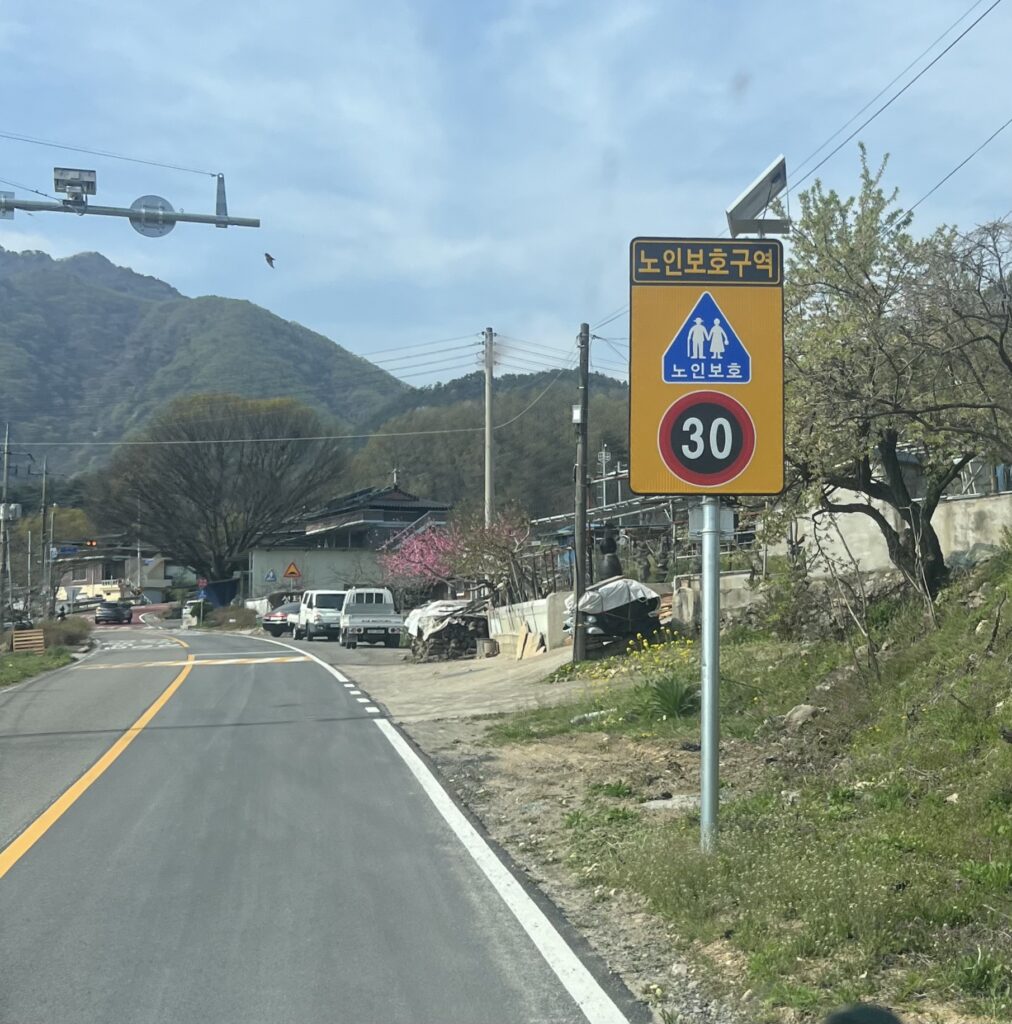

Till next week…

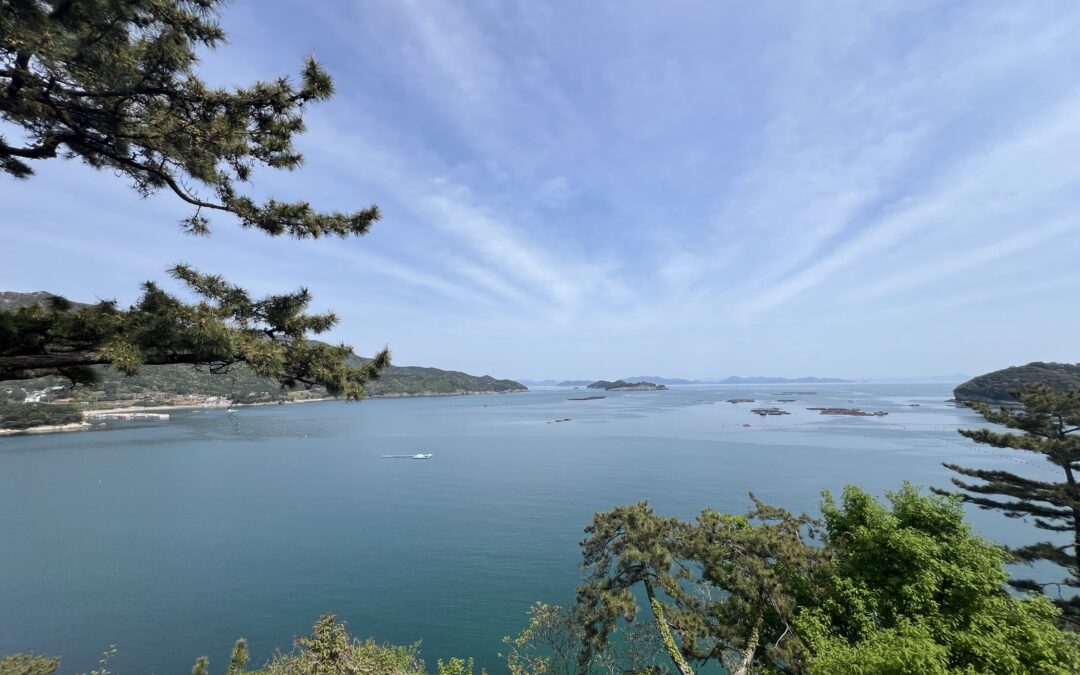
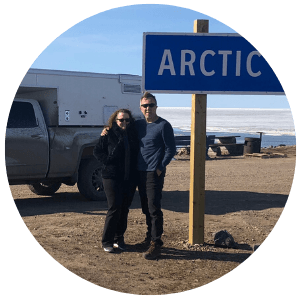
Thanks again for the photos and insights into a country I honestly know nothing about. Hope your van is safe on its next RORO. bring on Japan.
We enjoy sharing it ! You and Charlie will have to come exploring over here – I know you’d love it ! It’s really nice to be back in Japan ( it was once our home for over 3 years – seems like yesterday lol !!! )
I also enjoy the excruciating technical parts of your blog. Brings flavour to readers – and a reason for you to enjoy one glass each of bubbly to celebrate yet another accomplishment.
Ha ha ha ! Well, yes, we certainly enjoyed a glass of wine when we got our van through customs in Fukuoka !
Great read yet again. Just been to Dicky Beach to visit your brother – on the way back to Narooma for a week.
Yes, was chatting to Kaz and she mentioned that. Hope your caravan is all good now..!